
Jungle Safari
Sariska Tiger Reserve is well nestled in the Aravalli Hills covering 886 sq. km area divided into grasslands, dry deciduous forest, scrub-thorn arid forests and rocky hills.
The arid wasteland has been lovingly restored with indigenous flora. An artificial lake was created for the fauna, now home to many birds including a returning family of waterfowls.
The citadels of Aravalli rising and falling in circles around with valleys interspersed, form the inspiration for Sariska Manor. The outer orchid is a veritable food forest with a variety of fruiting trees and organic vegetable patches. Little pathways twine in between stately cottages opening into a picturesque garden that transports you to an era when exploration and elegance co-existed.

Sariska Tiger Reserve is well nestled in the Aravalli Hills covering 886 sq. km area divided into grasslands, dry deciduous forest, scrub-thorn arid forests and rocky hills.
The area was a hunting preserve of the Alwar state till 1955. It was given the status of Tiger Reserve making it a part of India’s Project Tiger in 1973. It is one of the few reserves to lose its tiger population and consequently revive it through extensive conservation efforts and it is the first reserve in the world to have successfully relocated Tigers.
Sariska Tiger Reserve now has 21 Tigers. The Reserve has about 24 different species of Mammals, 280 species of Birds, about 12 species of reptiles and crocodile. The flora of the park includes dhok, salar, juliflora, ber, khair, banyan, arjun, gugal, thor, kaker, khejri, neem, babul, tendu, bamboo and more.
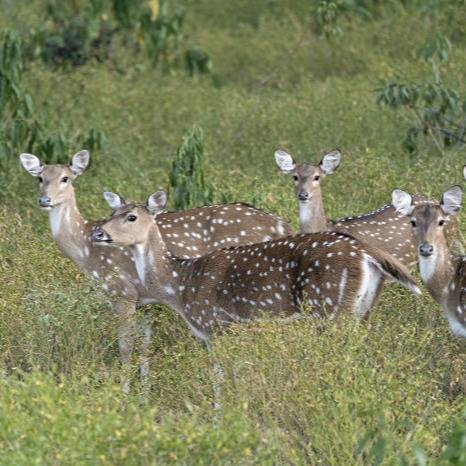
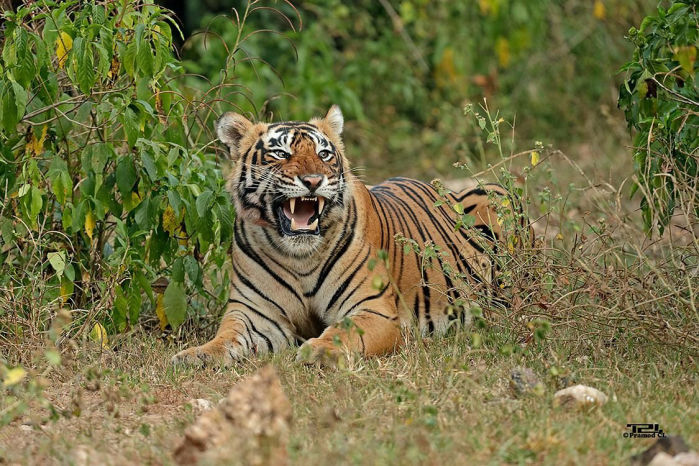
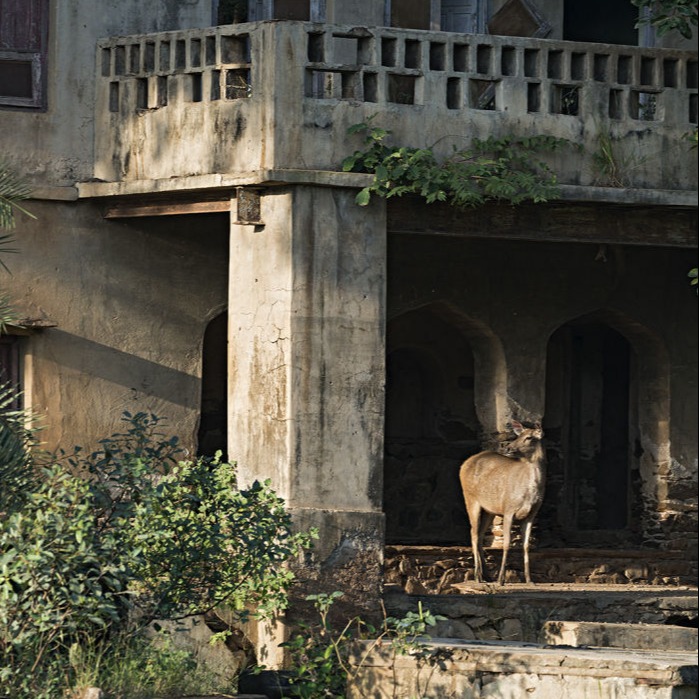
The 16th century fort is well preserved with many magnificent structures within it. Located an hour away, Bhangarh Fort makes for an excellent day excursion. The charming fort can be explored only during the day as local lore claims the fort is haunted and as such closed before sundown.
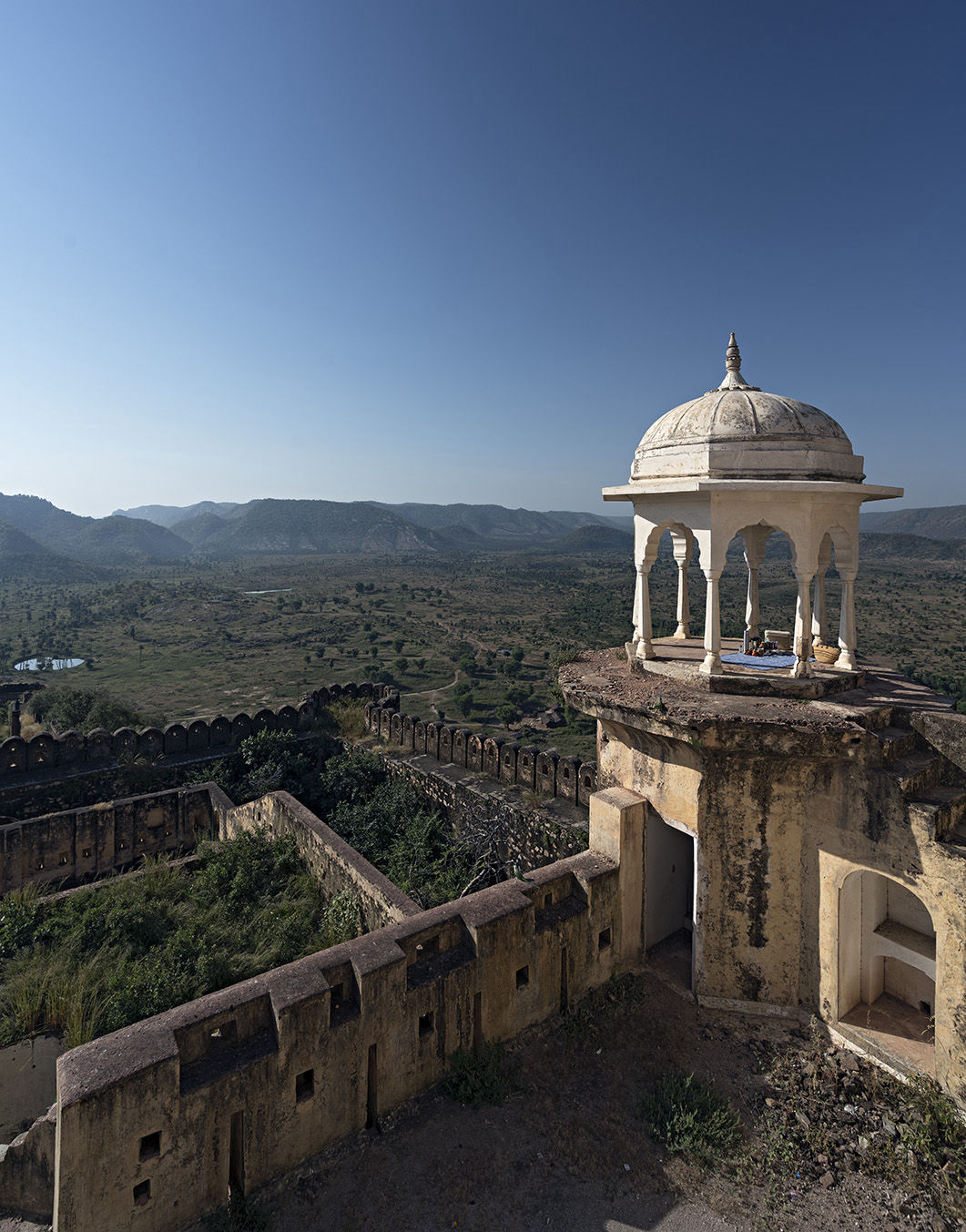
The oldest mountain chain, Aravalli is a complex landscape with lush slopes and naked boulders strewn across the landscape. Many such boulders form perfect vantage upon which to indulge in the perfect sunsets on clear winter evenings with just a smattering of clouds creating art in the sky. Sundowners amidst such beauty is an experience and the occasional hyenas and leopards that cross paths here sweeten the deal.


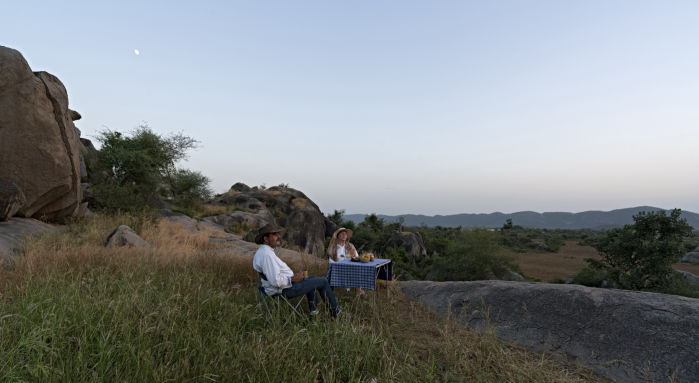
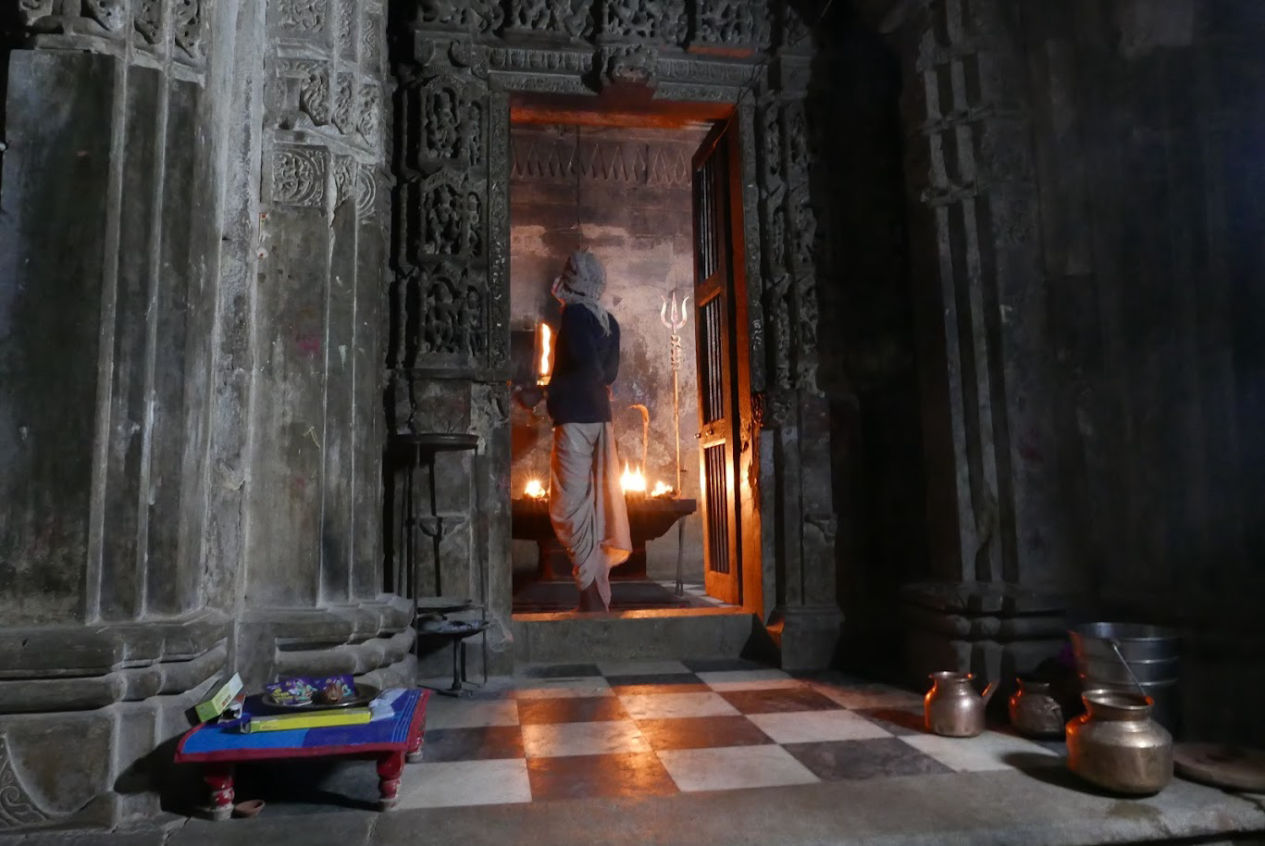
The esoteric Neelkanth Temple complex sits on a plateau surrounded by Aravalli. The lush grassland here is believed to be home to over 200 exquisitely carved temples, most of which are in ruins today except the main temple of Neelkanth, a form of Shiva. Carved in stone, the interiors and exteriors are exemplary, filled with intricately carved surfaces, drawing inspiration from Hindu mythology.
The thriving ecosystem at the Sariska Tiger Reserve provides ample space for not only the jungle and the animals to survive but also gives space to the bird life. The Mansarovar & the Mangalsar lakes are home to many migratory and domestic birds. To name a few one can see the Spotbill Duck, Grey Heron, River Tern, Barhead Geese Yellow Footed Green Piegon, Long Tail Shrik, Little Ring Plover, Lesser Flame back Woodpecker, Great Egret, Ruddyshel Duck, Eurasian Ryeneck, Sarus Cranes, Ibis, Green Shank and many more.
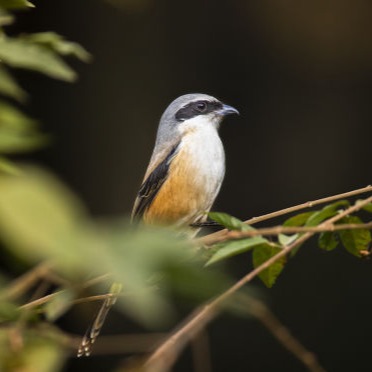
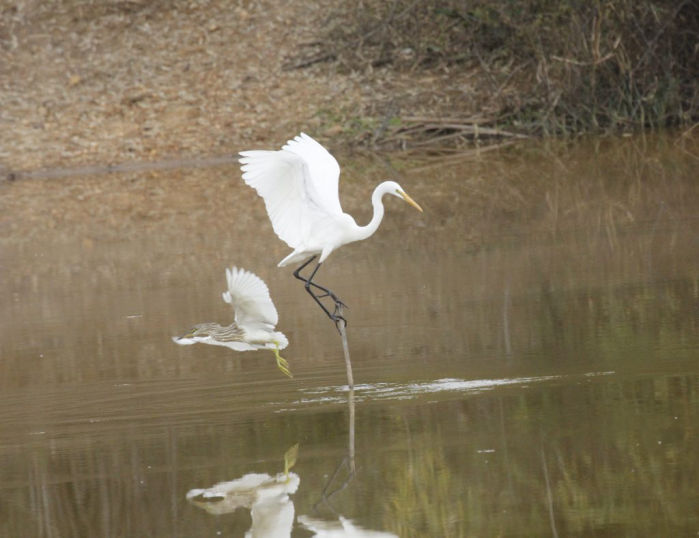
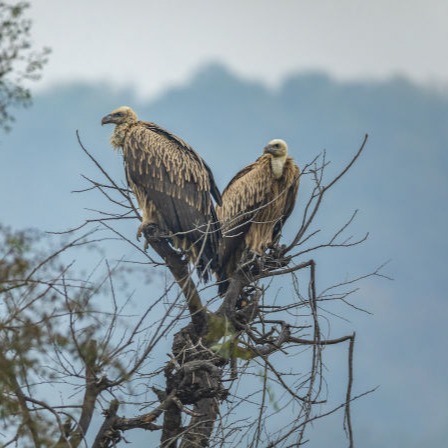
The beauty of the universe is not to be missed under the magnificent skies at Tehla, the village adjoining Sariska Manor. This area is one of the only two places in India, the other being Andaman & Nicobar Islands, known for stargazing and galaxy watching. The 1200 square kilometers forest cover and absence of a large city or industrial town in the vicinity create an indefinite darkness with the galaxies shining through light years.
